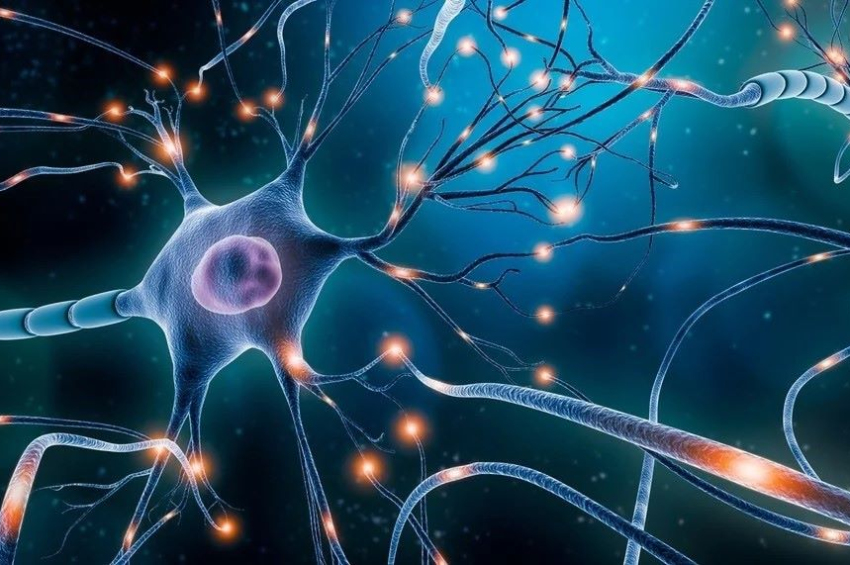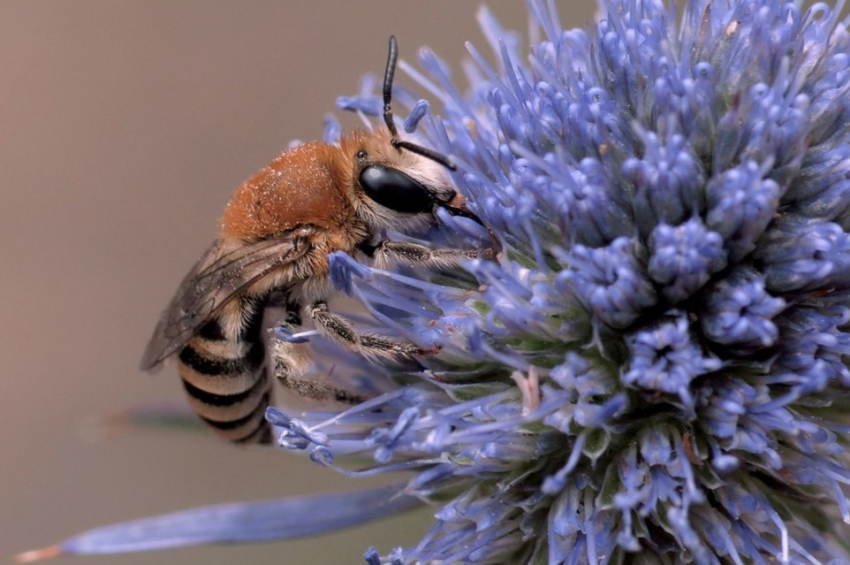A species of fungus is capable of turning into carnivorous predator
A fungus species known to feed on decomposing vegetation – primarily dead leaves – has developed a taste for carnivorous consumption. Called Arthrobotrys oligospora, this saprotroph normally absorbs decaying plants, but is capable of undergoing molecular transformations during periods of nutrient deprivation, turning into a predator that preys on nematodes, specifically worms.
In a recent study, published in the journal PLOS Biology, a group of scientists described in details the methods employed by Arthrobotrys oligospora to secure its prey. Unlike conventional predators, the fungus is unable to chase its quarry actively; instead it has evolved a sophisticated hunting approach.
More to read:
Scientists learned how parasitic worms highjack their hosts
When detecting a nearby nematode, Arthrobotrys oligospora deploys pheromones to entice the unsuspecting worm to its mycelium, the intricate underground network of microscopic threads comprising the fungus, according to research by Taiwan’s Institute of Molecular Biology.
It has likely developed olfactory mimicry, using food cues and sex pheromones to allure nematodes through their olfactory neurons.
Nematodes produce small molecules known as ascarosides, governing their behavior and development. Fungi like Arthrobotrys oligospora are believed to intercept and interpret these signals, creating a molecular pattern that triggers the formation of a trap.
As this trapping mechanism is energetically demanding, Arthrobotrys oligospora only activates it when prey is in close proximity.
During the process, there is a notable increase in protein translation to meet the trap's demands, followed by the secretion of sticky proteins that act as glue. Finally, enzymes assist in digesting the captured nematode.
Notably, other fungi, such as the oyster mushroom, also transition from harmless decomposers to predators, utilizing chemicals to paralyze nematode prey rapidly upon contact.
This research aims to unravel the molecular mechanisms enabling fungi to execute these transformations. Understanding the specific genes and proteins involved in sensing and capturing nematodes was a focal point of this exploration.
Unbelievable, right? And there’s more.
The authors remind that the fungi's predatory strategy may trigger a resistance reaction from the nematodes – a sort of evolutionary "arms race," where nematodes evolve counter-strategies to avoid being eaten.
As explained in the National Geographic, prey species often develop behaviors such as camouflage, avoidance, mimicry, and tonic immobility to enhance survival chances. Meanwhile, predators continuously refine their strategies for successful hunting and reproduction, leading to a perpetual evolutionary contest.
***
Care to buy us a coffee? Do it via PalPal: office[at]rudeana.com. Thank you.







